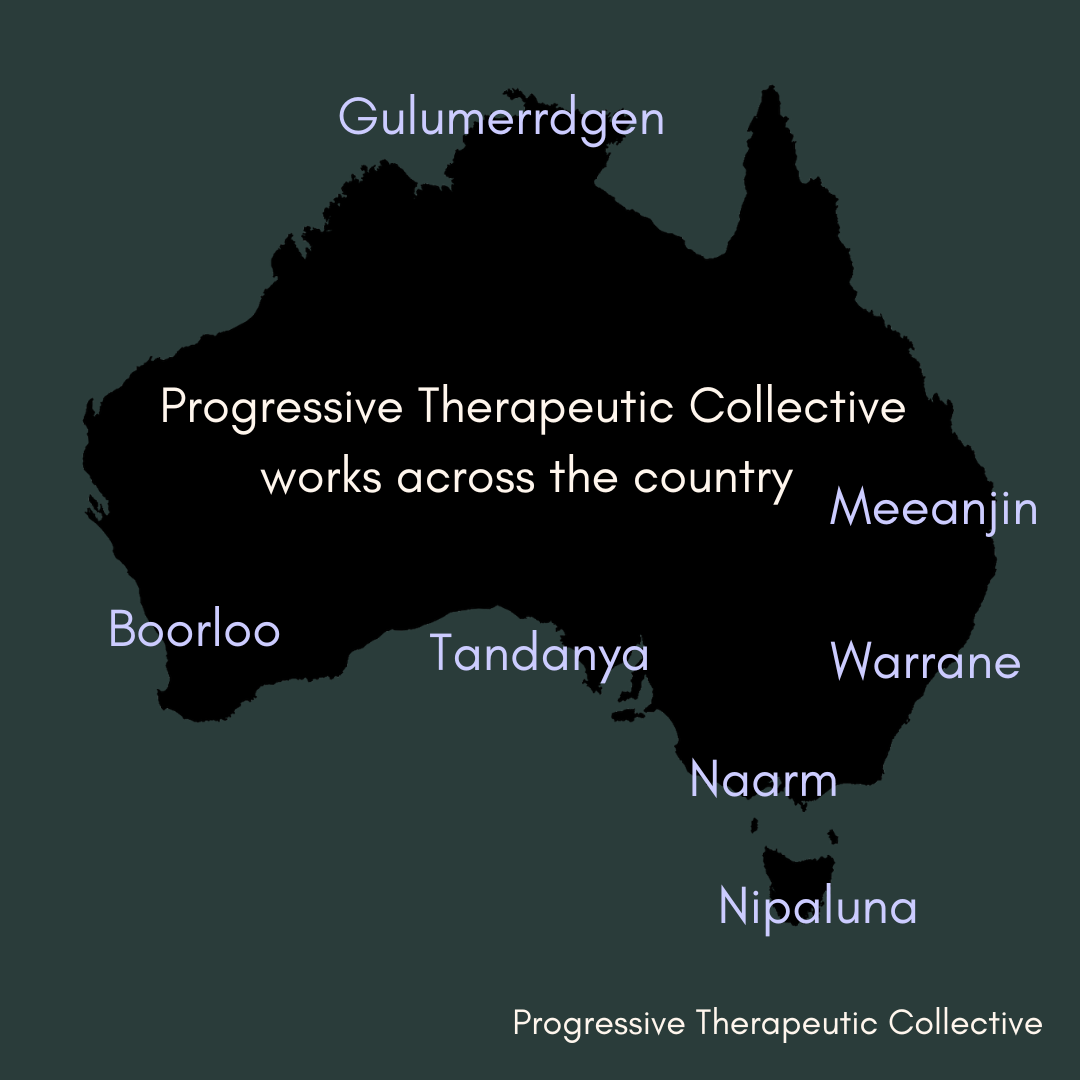Odaxelagnia
Odaxelagnia refers to sexual arousal derived from biting or being bitten. The term comes from the Greek odaxein (to bite) and lagneia (lust). It sits on the spectrum between affectionate nibbling and deliberate pain, and it can appear in both vanilla and kink contexts, from playful neck biting to structured erotic pain or blood play.
At PTC, we recognise odaxelagnia as one of the oldest and most instinctive forms of erotic aggression. It blurs the boundary between pleasure and threat, tenderness and harm, reminding us that desire often lives at the edge of control.
Defining Odaxelagnia
In kink and sexual health writing, odaxelagnia may include:
Gentle nibbling or biting of the skin, lips, or neck
Firm, bruising bites that leave marks or welts
Intentional biting during sex or power exchange scenes
Mutual or reciprocal biting between partners
Biting integrated into dynamics of dominance, submission, or primal play
The bite can be symbolic (a claiming or marking), sensory (a sharp contrast to pleasure), or psychological (a communication of control or surrender).
Why the Appeal?
Instinct and Animality
Biting is primal. It evokes hunger, possession, and instinctive desire. For many, odaxelagnia taps into the body’s most animal impulses, the urge to taste, to claim, to consume or be consumed.
Power and Control
A bite can assert dominance or express submission. It communicates ownership and intensity without words. In D/s relationships, a bite mark may function as a temporary collar, a visible trace of belonging.
Pain and Endorphins
The flash of pain caused by a bite can trigger endorphin release, producing a wave of euphoria or deep relaxation. Some describe this as a cycle of tension and release, pain followed by warmth, fear followed by pleasure.
Intimacy and Closeness
Biting often happens during moments of closeness. It brings mouths and skin together, combining aggression with affection. For some, that contradiction is what makes it so intimate.
Transgression and Trust
Like all edge practices, odaxelagnia requires trust. Allowing someone to bite you, or biting someone without causing real harm, depends on careful awareness of boundaries. The risk of crossing them is part of what heightens the erotic charge.
Risks and Safety
Odaxelagnia is generally lower risk than many forms of edge play, but it can still cause harm if not approached carefully.
Medical and physical risks include:
Skin breaks or bruising that can lead to infection
Transmission of blood-borne viruses if skin is broken
Dental injuries or accidental tearing of soft tissue
Emotional distress if a bite is unexpected or too intense
Safer practice includes:
Discussing limits before play (where, how hard, whether to break skin)
Avoiding areas with fragile skin or major veins (like the inner thigh or neck arteries)
Keeping up to date on vaccinations such as tetanus and hepatitis B
Using barriers such as dental dams or thin cloth for higher-intensity biting
Practising aftercare including soothing balm, reassurance, and emotional check-ins
Common Questions
Is odaxelagnia considered BDSM?
It can be, but not always. Some people bite as part of affectionate foreplay, while others integrate it into dominance, primal, or sadomasochistic play.
Is it dangerous to draw blood?
Yes. It increases risk of infection and disease transmission. Any blood play should only occur with full consent, medical knowledge, and sterile preparation.
Why do some people love leaving or receiving bite marks?
Because marks can act as reminders of intensity, ownership, or shared experience. For some, they carry psychological significance long after the physical sensation fades.
Can it be practised safely without pain?
Absolutely. Many enjoy controlled nibbling or suction without breaking the skin. The erotic charge can come from closeness, not injury.
Conclusion
Odaxelagnia is one of the most ancient and versatile erotic languages. It can express affection, aggression, submission, or hunger, sometimes all at once. Like many embodied kinks, it draws its power from the tension between risk and restraint.
At PTC, we approach practices like odaxelagnia as opportunities to understand the body’s complexity. Pleasure, fear, and instinct can coexist safely when guided by care, negotiation, and trust. The goal is not to tame desire but to meet it with awareness.
Disclaimer
This article is for educational and entertainment purposes. It does not constitute clinical or medical advice. All kink should be practised with informed consent, communication, and safety in mind. All examples presume adult participants acting with full agency.

